Innovative Anti-Restenotic Coatings in Flow Diverters: Advancing Long-Term Efficacy in Neurovascular Treatment

Flow diverters have brought significant advancements in treating complex intracranial aneurysms, providing a minimally invasive solution to redirect blood flow and promote vessel healing. However, as with many endovascular devices, maintaining long-term efficacy requires overcoming the challenge of restenosis—a condition where excessive tissue growth narrows the treated vessel over time. Preventing restenosis is essential to […]
Advanced Surface Coatings for Flow Diverters: Enhancing Performance and Biocompatability
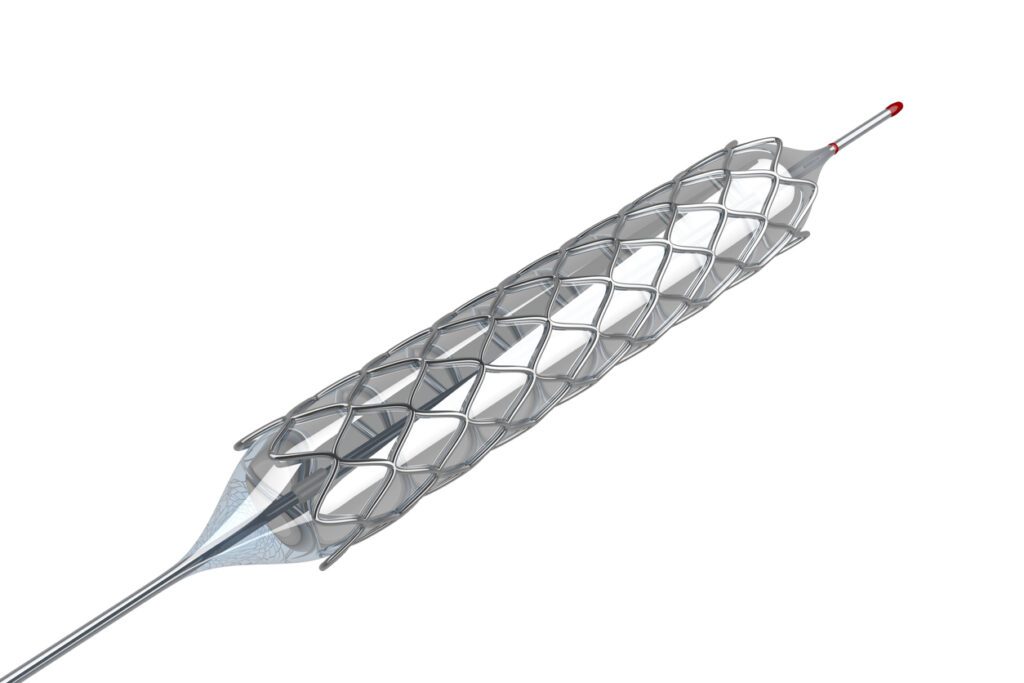
Flow diverters have revolutionized the treatment of complex intracranial aneurysms, offering a minimally invasive solution that helps reduce the risks associated with open surgery. However, the success and safety of these devices hinge on how well their surfaces interact with the body. Advanced surface coatings, particularly specialized coatings, play a vital role in improving the […]
Why Coatings Matter: Enhancing Flow Diverter Performance in Neurovascular Care
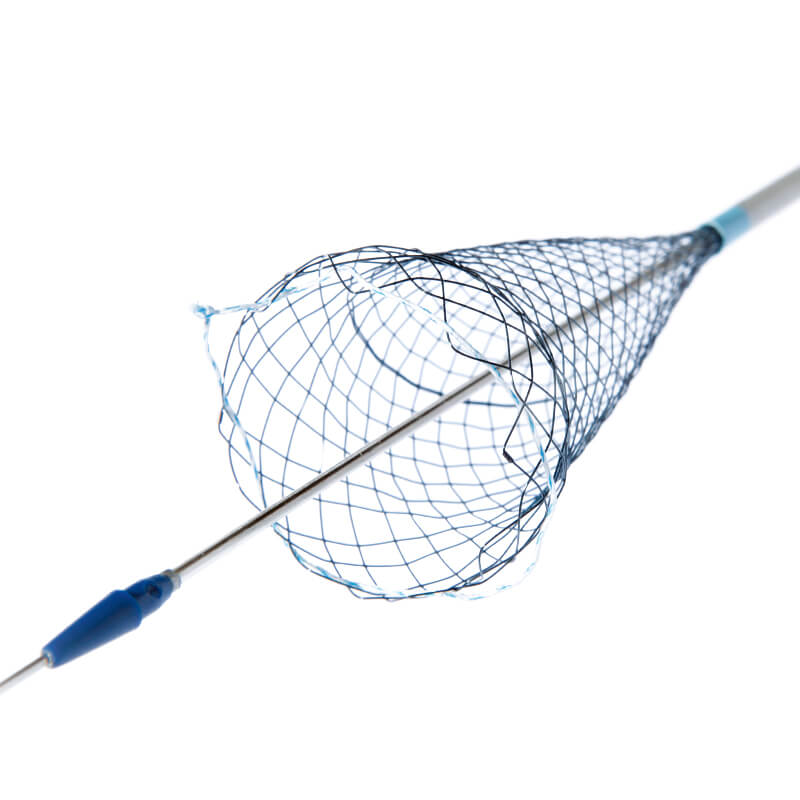
Flow diverters have transformed the treatment landscape for complex intracranial aneurysms, offering a minimally invasive approach to redirect blood flow and promote aneurysm healing. However, the effectiveness of these devices depends heavily on their surface properties. Specialized coatings are becoming essential for addressing clinical challenges, improving patient outcomes, and enhancing the safety and durability of […]
Hemocompatibility coatings for Venous Stents & Flow Diverters
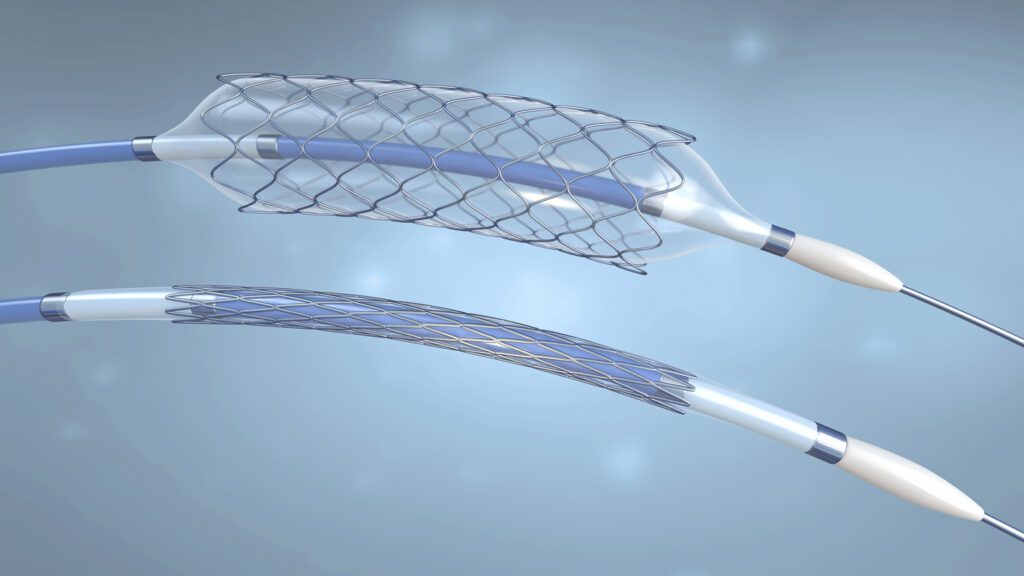
Introduction: The Hidden Risk in Venous stents & Flow Diverters Venous stents and neurovascular flow diverters are critical in managing conditions like chronic venous insufficiency and brain aneurysms. Yet, despite their benefits, a persistent challenge remains: blood-contacting surfaces that trigger thrombus formation. This risk compromises patient safety, prolongs recovery, and increases the need for intensive […]
Why Hemocompatible Coatings Matter for ECMO and Perfusion Devices
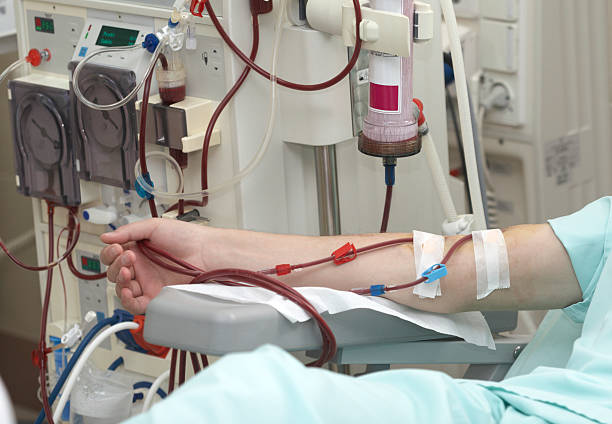
What Is ECMO and Why Hemocompatibility Matters Extracorporeal Membrane Oxygenation (ECMO) is a life-sustaining system used in critical care for patients with severe heart or lung failure. It works by circulating and oxygenating the patient’s blood outside the body, giving the organs time to rest and heal. Perfusion—the circulation of oxygen-rich blood to vital tissues—is […]
Hemocompatibility in Medical Devices: Testing Methods, Biomarkers, and Coatings

Hemocompatibility is a critical aspect of biocompatibility, particularly for medical devices that come into contact with blood. Blood is a complex biological fluid with essential roles including oxygen transport, immune defense, and tissue repair. Because of this, any surface that interacts with blood must be evaluated for hemocompatibility to ensure it does not trigger harmful […]
Why Hemocompatible Coatings Matter for Blood-Contacting Medical Devices?

Hemocompatible coatings are essential for reducing clot formation, preventing bacterial adhesion, minimizing inflammatory responses, and encouraging the growth of endothelial cells. These properties contribute to long-term device functionality and patient safety. Endothelial cells form the natural lining of blood vessels. When a medical device surface supports endothelialization, it becomes more biocompatible and better integrated with […]
Understanding Hemocompatibility in Medical Devices
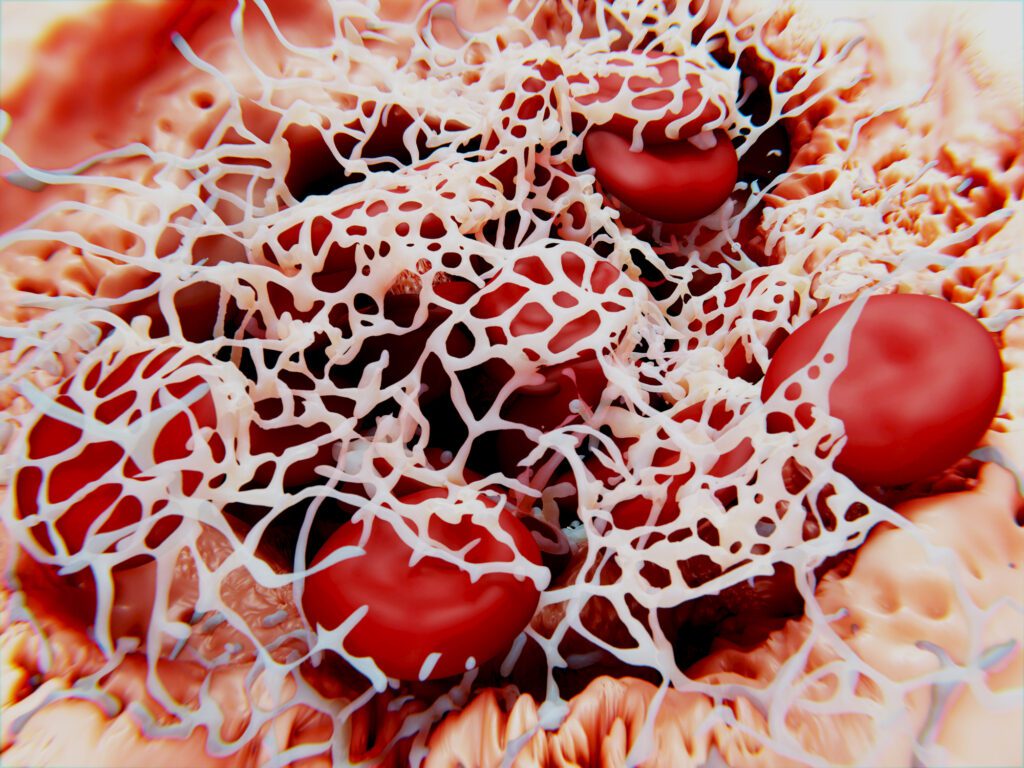
Medical devices that come into contact with blood must be engineered for hemocompatibility — the ability to avoid triggering the body’s clotting and immune response. Poor hemocompatibility can result in thrombus formation on device surfaces, impairing function and creating downstream risks such as emboli, blocked vessels, and tissue damage. Why Hemocompatibility Matters Blood readily reacts […]

